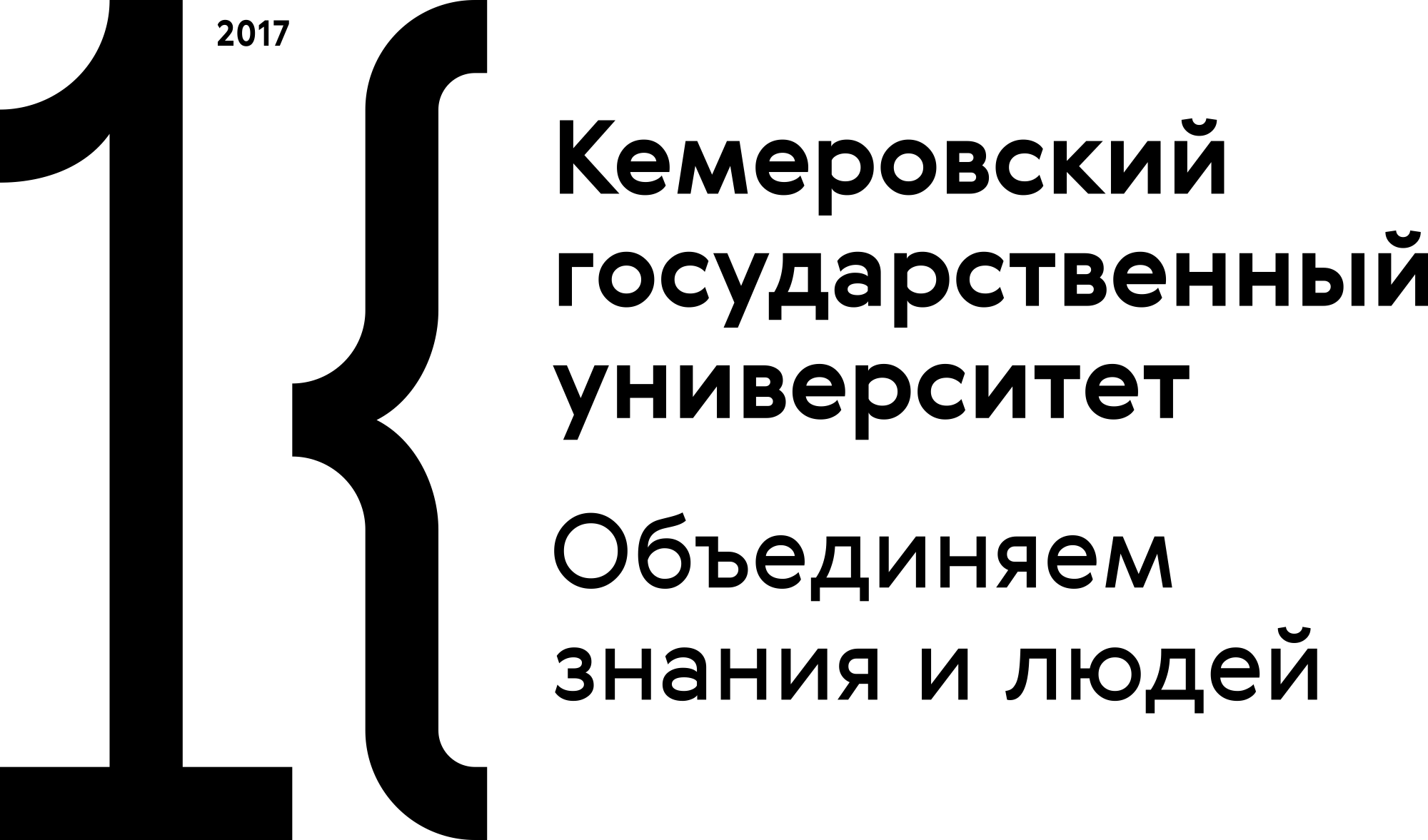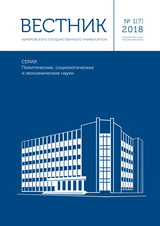Residents of monotowns face a specific range of problems affecting their social well-being. The purpose of the study was to identify and describe the types of life strategies of monotown residents with a focus on the place of residence and the location of the attractiveness of the urban environment and migration attitudes in them. The study employed a case-study strategy of an in-depth interview with residents of Sayansk, a monotown that displays risks of socio-economic deterioration. To describe the context, the authors used statistical data on the population and migration of the Sayansk population, as well as historical chronicle of the town. Based on two indications (perception of the quality of the urban environment and the migration attitudes), the authors have constructed a typology of life strategies and described the related characteristics of inhabitants. The study shows that the life strategies of the inhabitants reveal, on the one hand, a spectrum of migration patterns (depending on the characteristics of the inhabitants), and, on the other hand, various degrees of satisfaction with the quality of the urban environment, which makes the city attractive or unattractive in the eyes of the population.
monotown, Life strategies, urban environment quality, migration attitudes

















